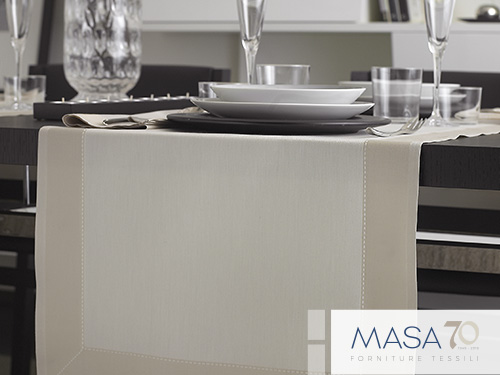HOW THE CATERING INDUSTRY HAS CHANGED AFTER (AND DURING!) COVID-19

The catering industry has been one of the hardest hit by the health crisis that has engulfed Italy and the rest of the world. Lockdown, which brought the Italian peninsula to a standstill for two whole months, forced the closure of all services that could not guarantee appropriate social distancing, including bars and restaurants. Now that the situation seems to have improved and establishments have implemented protective measures that guarantee social distancing and impose the use of personal protective equipment to prevent the spread of infection as well, most catering activities have resumed and it is once again possible to go out for lunch or dinner, albeit with the due precautions.
What has changed?
Despite the reopening of bars and restaurants, the COVID-19 pandemic has inevitably changed how catering services are provided. During lockdown, restaurants that already provided a delivery service were able to continue their activity to some degree, while many establishments that previously did not offer this kind of service introduced it. Food delivery therefore became an important part of the catering industry during the height of the Coronavirus outbreak: by offering home delivery, not only were many restaurants able to avoid closing completely or even going out of business, but they also had the chance to serve their patrons in a way that is both practical and convenient.
In addition to home delivery, the two other fundamental factors that have had a major impact on the world of catering during (and after) COVID-19 are hygiene and safety. Masks, gloves and hand sanitiser dispensers, together with cleaning and sanitising procedures for all food contact surfaces, are now an unnegotiable requirement of all establishments. In order to adhere to the mandatory social distancing regulations, many restaurant owners and managers have been forced to rethink and reorganise their spaces, spreading the tables out and reducing the number of covers. Interior spaces are now much less crowded than before.
Moreover, the table itself and even the way the tableware is prepared (mise en place) have undergone changes in order to guarantee customer safety. Reusable textile tablecloths, for example, are a valid way to ensure optimal cleanliness: many bars and restaurants that previously used only disposable tablecloths or no tablecloth at all, with glasses and plates placed directly on the table (making it impossible to effectively eliminate germs and bacteria between one customer and the next), in order to restart their activities after lockdown have had to rethink their approach by introducing reusable textile napkins and tablecloths. Textile tablecloths are safer and more hygienic because they are sanitised after each use.
The importance of the relationship with your customers
During a precarious and particular period like this, building customer relationships has never been more important. The key lies in enhancing your patrons’ experience by focussing on the quality of the service and the products offered. And remember that all crises and challenges ultimately offer the chance to improve and grow.
Raising awareness about the use of fabric materials is not therefore exclusively a question of aesthetics, but it is also and above all a matter of realization and care, towards the environment and towards your health.




